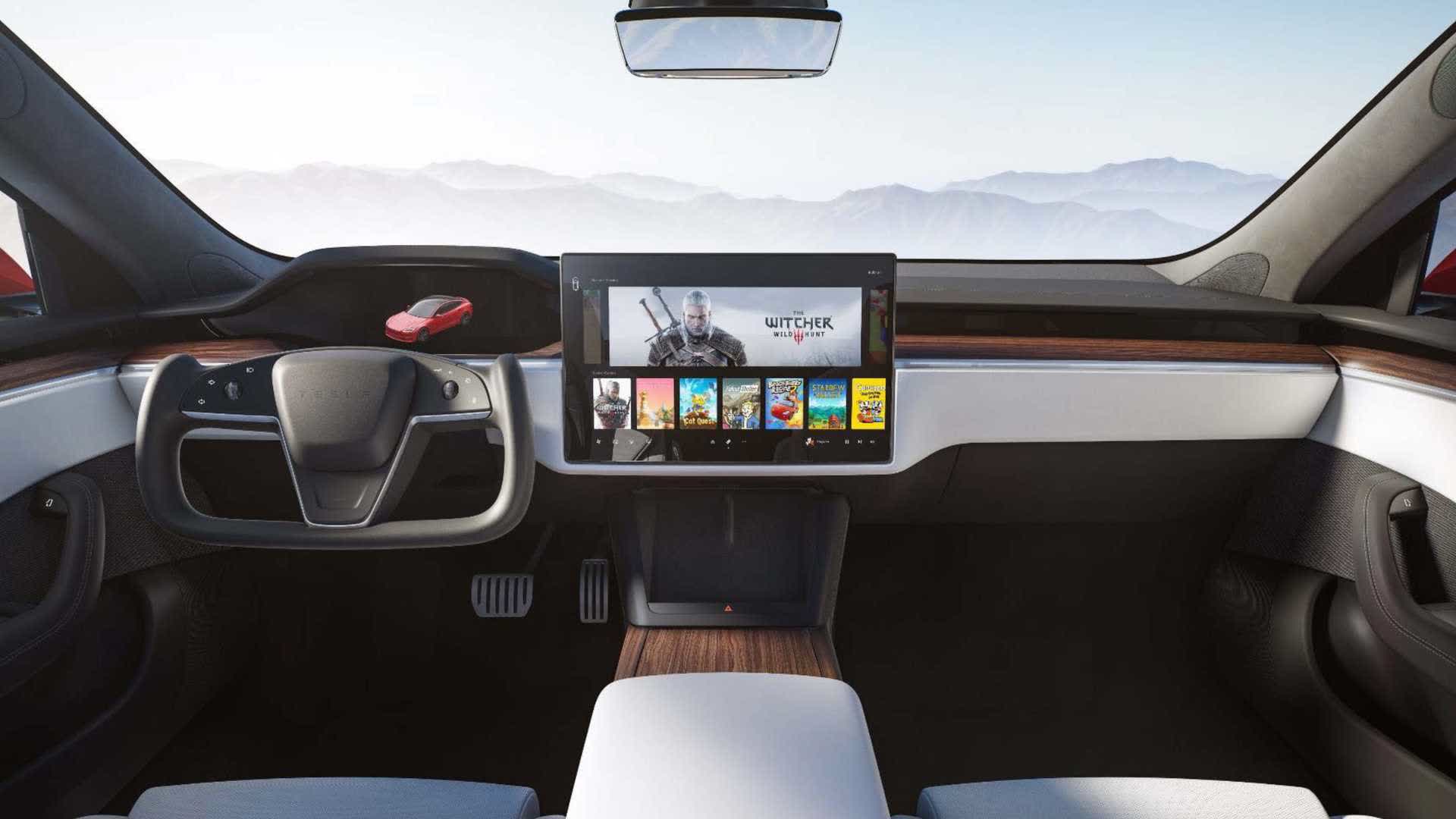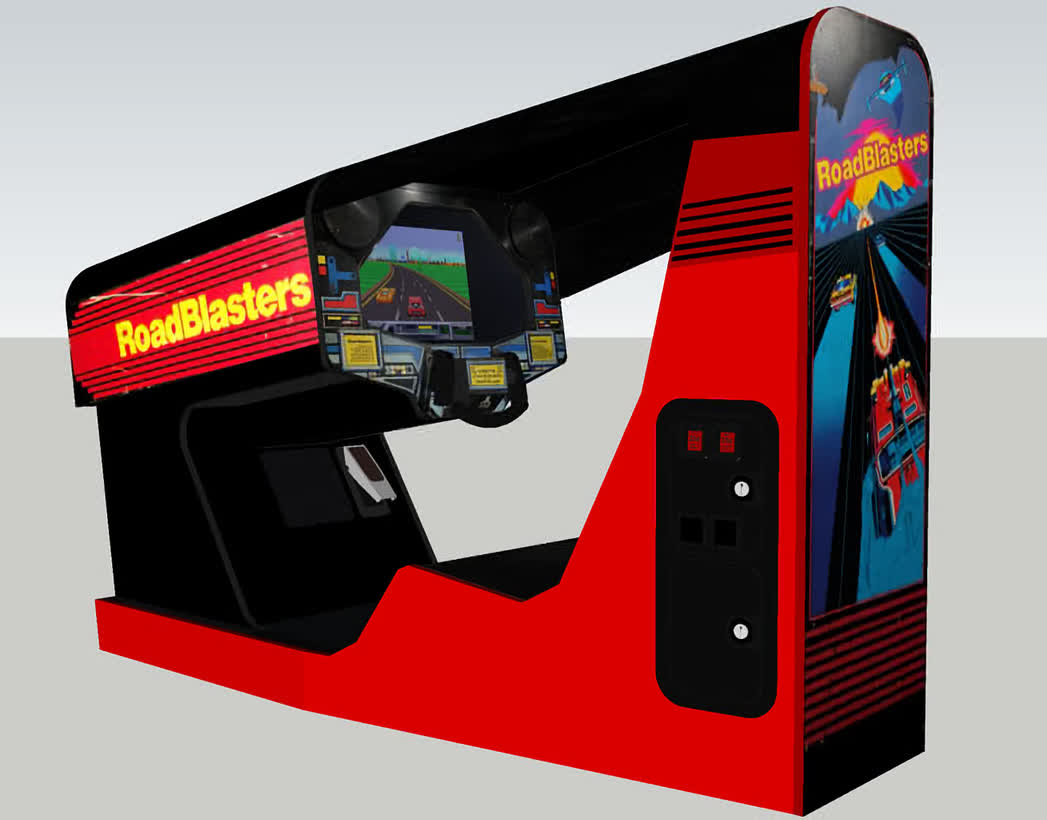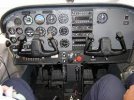The big picture: People generally don’t like change, so when you go and tinker with something that’s been the norm for generations, you’re undoubtedly going to ruffle some feathers. Take the steering wheel, for example. For as long as vehicles have been on roads, they’ve been round. Sure, sizes and materials have changed over the years, but the general shape has always remained a constant. The latest Tesla vehicles to roll off the assembly line, however, toss a monkey wrench into the equation.

I was in awe of Tesla’s new steering yoke from the moment I laid eyes on it, largely because it reminded me of the arcade racer RoadBlasters which used a very similar yoke back in the 80s. And of course, KITT from Knight Rider.

Jumping back to modern-day, I wondered how it might work for actual driving. Turns out, I’m not the only one to ask those questions.
Tesla claims the yoke allows drivers to better focus on driving, with no turn signal or wiper stalks to get in your way. Plus, you get a better view of the instrument panel without a wheel to obstruct your view.
While Consumer Reports (CR) conceded that the yoke does provide a panoramic view of the wide gauge cluster, the benefits more or less end there. In testing with a yoke-equipped Model S, Alex Knizek, an automotive engineer with CR, said his hands slipped off the yoke multiple times while backing out of his driveway, “which was startling.”
Traditional techniques, such as hand-over-hand turning, are also more or less impossible with a yoke as there's no guarantee if you're going to grab some part of the yoke or thin air when executing the maneuver.
Knizek also had issues at higher speeds. “Taking turns at higher speed, when the wheel is providing more significant resistance in your hand, there’s nothing to ‘catch’ if you lose your grip, so you can end up momentarily losing control mid-turn,” he added.
A female tester said her hands were too small to get a good grip on the yoke, while another who took the car on a three-hour highway trip reported hand soreness afterward.
Tesla’s implementation also eliminates the turn signal stalk that typically sits behind the wheel, and relocates the signals as flush-mounted, touch sensitive buttons on the yoke. Multiple testers said it was extremely difficult to figure out which button to press without pausing to look down at the yoke. Some even admitted to foregoing signaling altogether to avoid dealing with the buttons, which could end up pointing in the opposite direction if the yoke is turned.
Jake Fisher, senior director of Consumer Reports’ Auto Test Center, said the lack of a turn signal stalk bothered him even more than the wheel.
Tesla’s Model S Plaid, which comes equipped with the yoke, recently set a production EV record at Germany’s Nürburgring race track. How could Tesla set a record on a race track with a subpar yoke? As CR correctly highlights, racing on a track requires lots of short, quick adjustments versus the big, sweeping maneuvers that are often required in everyday driving on public streets.
Fisher said he was concerned if he would be able to control a yoke-equipped Tesla adequately in an emergency situation. As such, Consumer Reports is looking into additional training for its test drivers before putting the Model S through its high-speed obstacle avoidance test.
Only time will tell if Tesla sticks to its guns or reverts back to a traditional circular wheel. Given enough practice, I suspect some will eventually get used to the yoke, but others are likely going to struggle with it, especially if it isn't in their daily driver.
https://www.techspot.com/news/91400-tesla-new-steering-yoke-looks-futuristic-but-lacks.html


